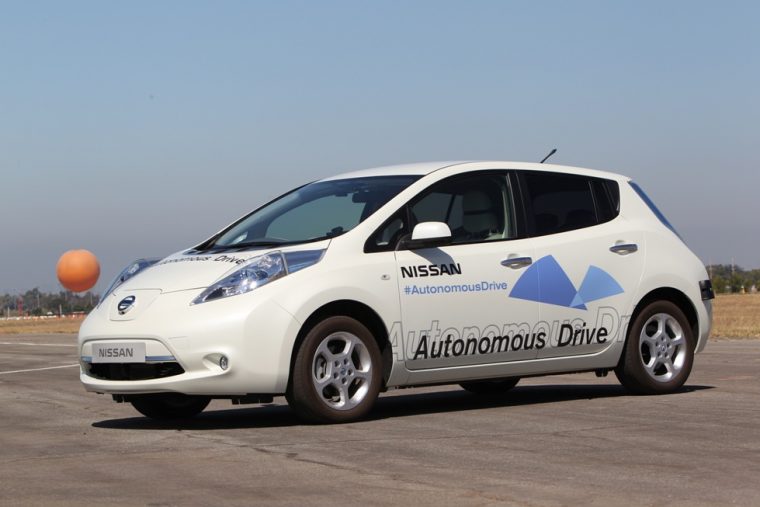Nissan Borrows From the Mars Rover
The Mars Rover is a pretty impressive piece of technology. Like all rovers we send out to foreign rocks, the vehicle has to be built to withstand extreme weather conditions, as well as dangerous gases and substances it may encounter. These fast-changing conditions mean that the Mars Rover also has to be prepared to handle emergency situations without damaging its pricey equipment and ruining the mission. Nissan saw this capability of the Mars Rover and thought that this type of technology would be perfect for its upcoming autonomous vehicles.
Nissan has programmed so many solutions into its prototype autonomous cars to deal with all kinds of road conditions that regularly occur, like being cut off, or having debris suddenly appear in the road. The automaker, like many drivers, is concerned with situations that may happen that the road has never seen before, and how to help its driverless cars react and keep passengers safe. For instance, if there is an accident on the road and a police officer is directing traffic the wrong way down a one-way street to avoid congestion, an autonomous car would probably not understand what it is being told.
The system that essentially allows the rover to handle obstacles on Mars’s surface is called Seamless Autonomous Mobility, or SAM for short. SAM’s “mobility manager” can look at data from sensors and cameras to quickly decide how to handle the obstacle in the safest way possible. In the case of SAM, the mobility manager is an actual human who makes decisions in weird cases like this. In the case of cars, there would be several of these managers in an office would be in charge of a certain fleet of cars and help them out in cases of confusion. In the case with the car pointed the wrong way down a one-way street, the mobility manager would chart a new course for the car to get back to the route it had originally planned, allowing it to resume normal operations.
Considering how smart the minds at NASA are, we’re glad that Nissan is accepting pointers for its cars for some of America’s best engineers. We can’t wait to see if this technology shows up in production vehicles here in the US.
News Source: The Verge

The News Wheel is a digital auto magazine providing readers with a fresh perspective on the latest car news. We’re located in the heart of America (Dayton, Ohio) and our goal is to deliver an entertaining and informative perspective on what’s trending in the automotive world. See more articles from The News Wheel.


